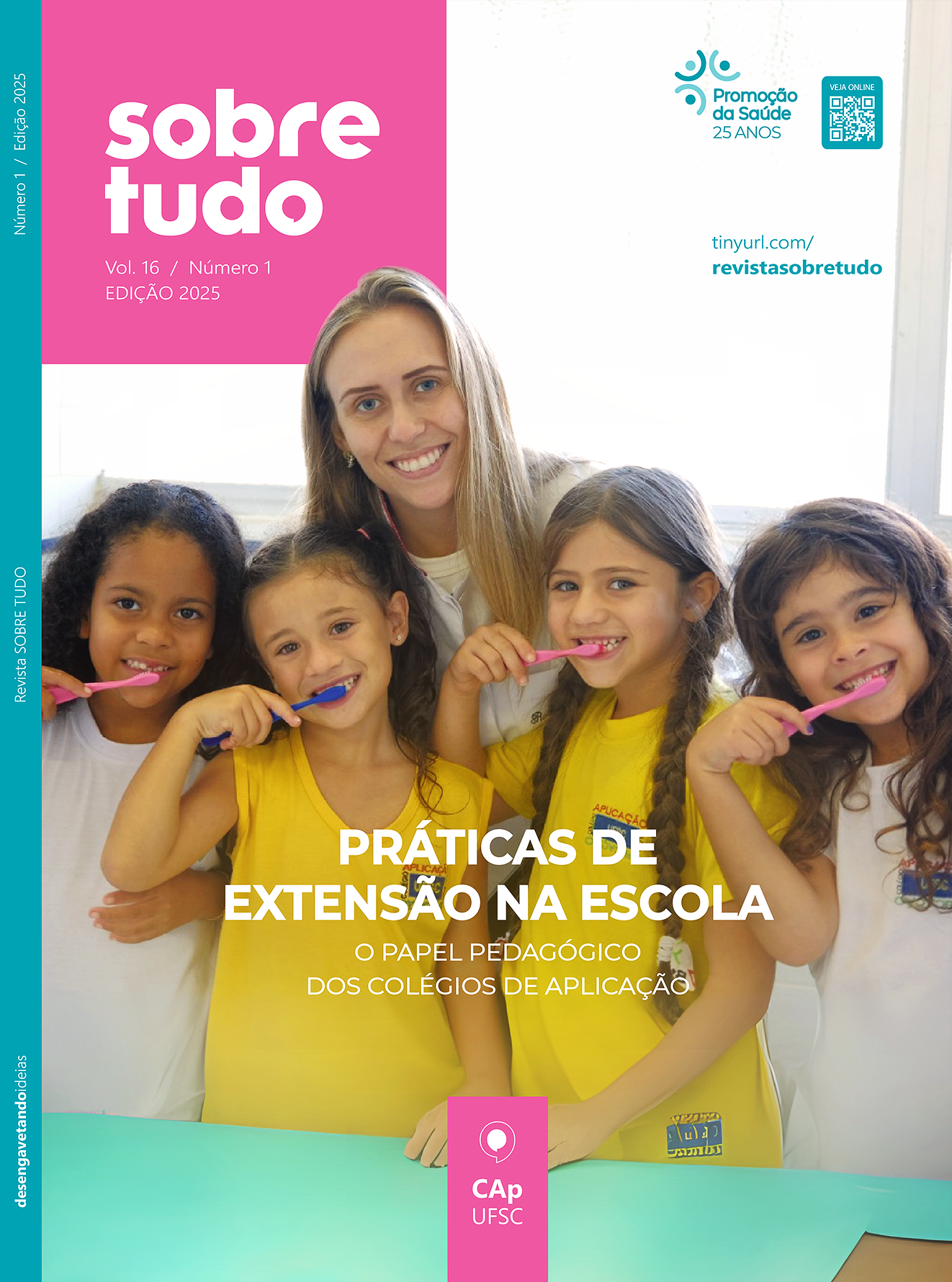MULTILETRATES AND MULTIMODALITY IN THE PEDAGOGICAL RESIDENCE PROGRAM
DISCURSIVE GENRES DIGITAL STRIPS CIRCULATING IN THE DIGITAL MEDIA
Keywords:
Strips, Digital media, Pedagogical ResidencyAbstract
In language teaching, learning through discursive genres enables a range of discussions that aim to foster students' critical awareness and active participation. Therefore, we understand the importance of promoting discussions that consider digital culture and value the cultural and linguistic diversity present in the globalized context. In this regard, the theories of multiliteracies and multimodality become essential in the teaching process. It is within this framework that we propose working with comic strips that circulate in virtual media and deviate from the traditional canon. Thus, we present an activity using digital comic strips applied within the Pedagogical Residency Program. To support this approach, we draw on the theoretical foundations of Canclini (2008), Cope and Kalantzis (2007, 2013), and Rojo (2012). Regarding the comic strip genre specifically, we align with the works of Nicolau (2013) and Ramos (2017). As a result, students were able to recognize the richness and complexity of this genre, understanding its expressive potential in alignment with the demands of reading and writing in the contemporary world, as outlined in the National Common Curricular Base (2018).
References
BRASIL. Secretaria de Educação Básica. Base nacional comum curricular (BNCC): educação é a base. Brasília: MEC/SEB/Consed/Undime, 2018. Disponível em: http://basenacionalcomum.mec.gov.br/images/BNCC_EI_EF_110518_versaofinal_site.pdf. Acesso em: 14 fev. 2025.
BRASIL. Parâmetros Curriculares Nacionais (PCNs). Ensino Médio. Parte II. Linguagens, Códigos e suas Tecnologias. MEC/SEF, 2000.
BRASIL, SEF/MEC. Parâmetros Curriculares Nacionais: 3º e 4º ciclos do Ensino Fundamental – Língua Estrangeira. Brasília, DF: SEF / MEC, 1998.
CANCLINI, N. G. Culturas híbridas: estratégias para entrar e sair da modernidade. Tradução. Heloísa P. Cintrão e Ana Regina Lessa. 2.ed. São Paulo: Edusp, 2008.
COPE, B.; KALANTZIS, M. Multiliteracies: literacy learning and the design of social futures. London: Routledge, 2000.
COPE, B.; KALANTZIS, M. Designs for learning. In: KNOBEL, M.; LANKSHEAR, C. (Org.). A new literacies sampler. New York: Peter Lang, 2007. p. 38-92.
COPE,B.; KALANTZIS, M. Multiliteracies: new literacies, new learning. In: HAWKINS, M. R. (Ed.). Framing languages and literacies: socially situated views and perspectives. New York: Routledge, 2013. p. 105-135.
DIAS, A. V. M. Hipercontos multissemióticos. In: Rojo, Roxane; Moura, Eduardo. (Org.). Multiletramentos na escola. São Paulo: Parábola Editorial, 2012. p.95-122.
LEMKE, J. Letramento metamidiático: transformando significados e mídias. Trab. linguist. apl. [online]. 49 (2), p. 455-479. 1994.
LIMA, M. B. de. GRANDE, P. B. de. Diferentes formas de ser mulher na hipermídia. In: ROJO, R. (Org.). Escol@ Conectada: Os multiletramentos e as TICS. São Paulo: Parábola, 2013. p. 37-58.
NICOLAU, V. Tirinhas e mídias digitais: a transformação do gênero pelos blogs. João Pessoa: Marca de Fantasia, 2013.
RAMOS, P. Tiras no ensino. 1ª ed. São Paulo: Parábola Editorial. 2017.
ROJO, R. Letramentos múltiplos escola e inclusão social. São Paulo: Parábola Editorial, 2009.
ROJO, R. Alfabetismo(s), letramento(s), multiletramento(s): Desafios contemporâneos à Educação de Adultos. In: COSTA, R. P.; CALHAU, S. (Org.). E uma educação pro povo, tem? Rio de Janeiro: Caetés, 2010. p. 75-90
ROJO, R; MOURA, E (Orgs). Multiletramentos na escola. São Paulo: Parábola, 2012.
THE NEW LONDON GROUP. Multiliteracies: Literacy learning and the design of social futures. London: Routledge, 2000.


